THE “WEIRFIELD” HOUSE ON THE HILL (1850)
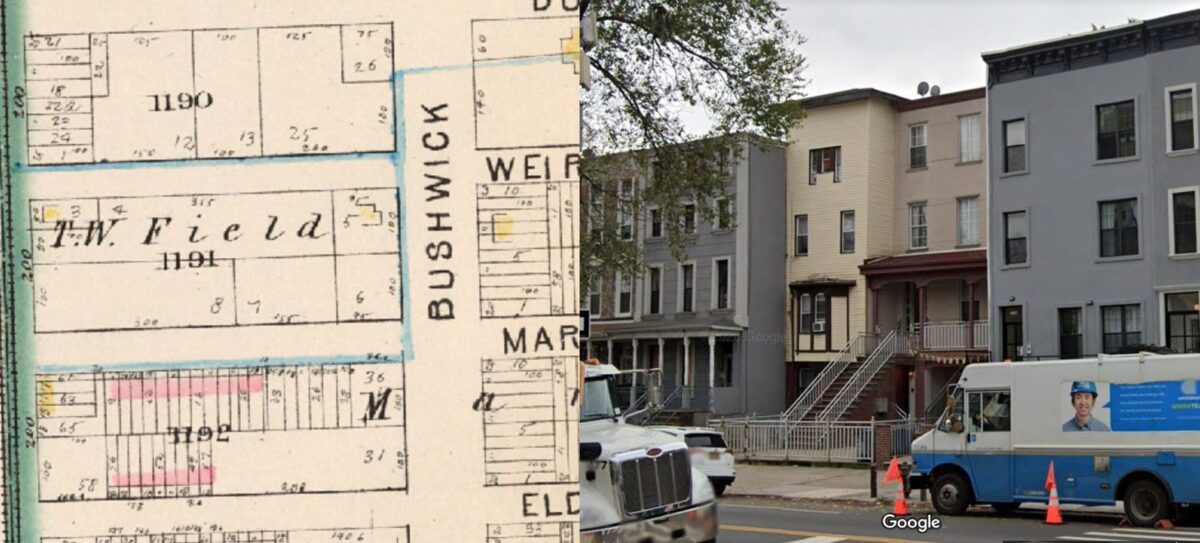
Brownstone Detectives investigates the history of our clients’ homes.
The story you are about to read was composed from research conducted in the course of one of those investigations.
Do you know the history of YOUR house?
********************************************************************************************************************************
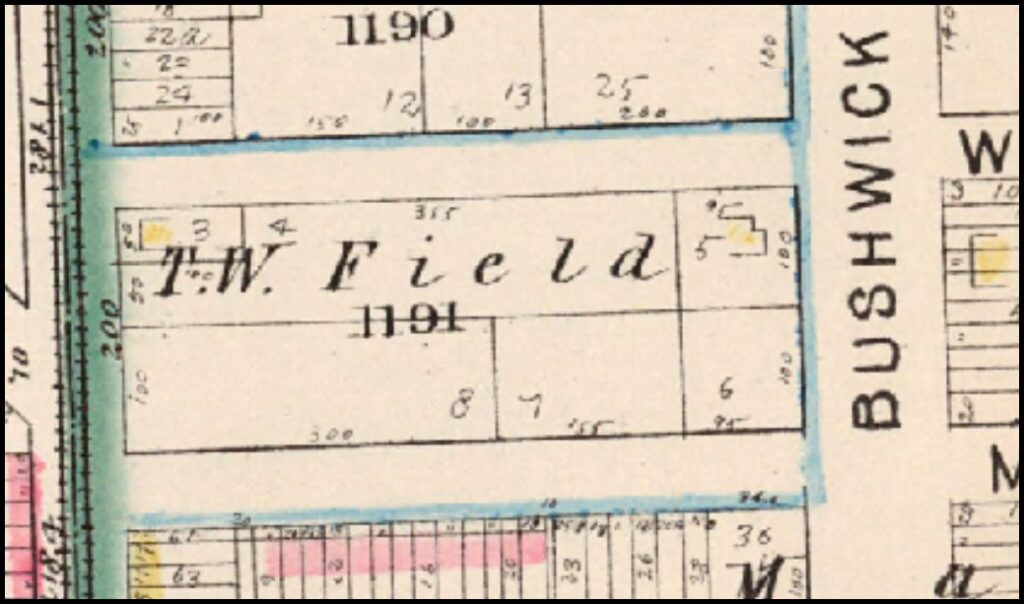
If Bushwick Avenue were a family, it would likely be an entertainingly and curiously dysfunctional clan.
It would maybe be something akin to that harmless uncle who comes to Thanksgiving dinner, doesn’t talk about politics, but engages in witty banter and sips a few too many vermouths.
Some houses on the avenue present as mindlessly conforming rowhouses — lined up at attention like toy soldiers.
Squeezed within some of those rows, however, we sometimes find structures that seem oh-so-slightly out-of-place – as though they were built in – and transported from – another time and galaxy.
One such structure is a 172-year-old house that appears as though it should be sitting alone upon a hill with a view to unfolding valleys of pastureland.
THE HOUSE ON THE HILL
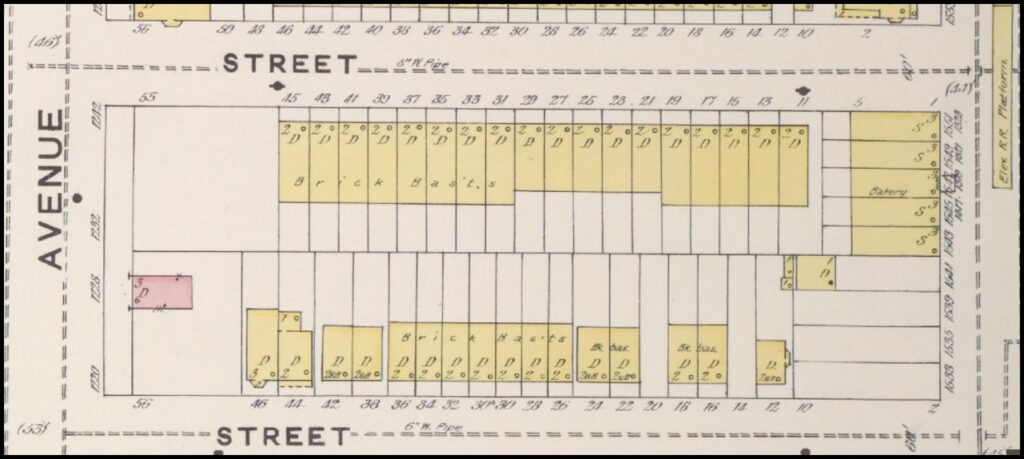
In the mid-1800s, No. 1250 Bushwick Avenue was the only house on the south side of Bushwick Avenue between Weirfield and Margaretta (Halsey) Streets.
The house was erected in approximately 1850 and, in its day of glory, stood on a knoll about six feet above street level, flanked on either side by immense maple trees.
The grounds sloped gently down to a stone wall, five feet above the grade of the street, which extended along the street frontage from Weirfield street to Margaretta Street.
Its owner and builder, Thomas Warren Field, had come to Williamsburg in 1844 and, five years after his arrival, became principal of P. S. No. 18.
The same year he bought a plot of land that ran from Broadway to Bushwick Avenue and took up half of an entire block.
On the Bushwick side of that land he built Weirfield House.
DEVELOPING WEIRFIELD
In addition to the house, Field established a nursery and named the entire plantation “Weirfield.”
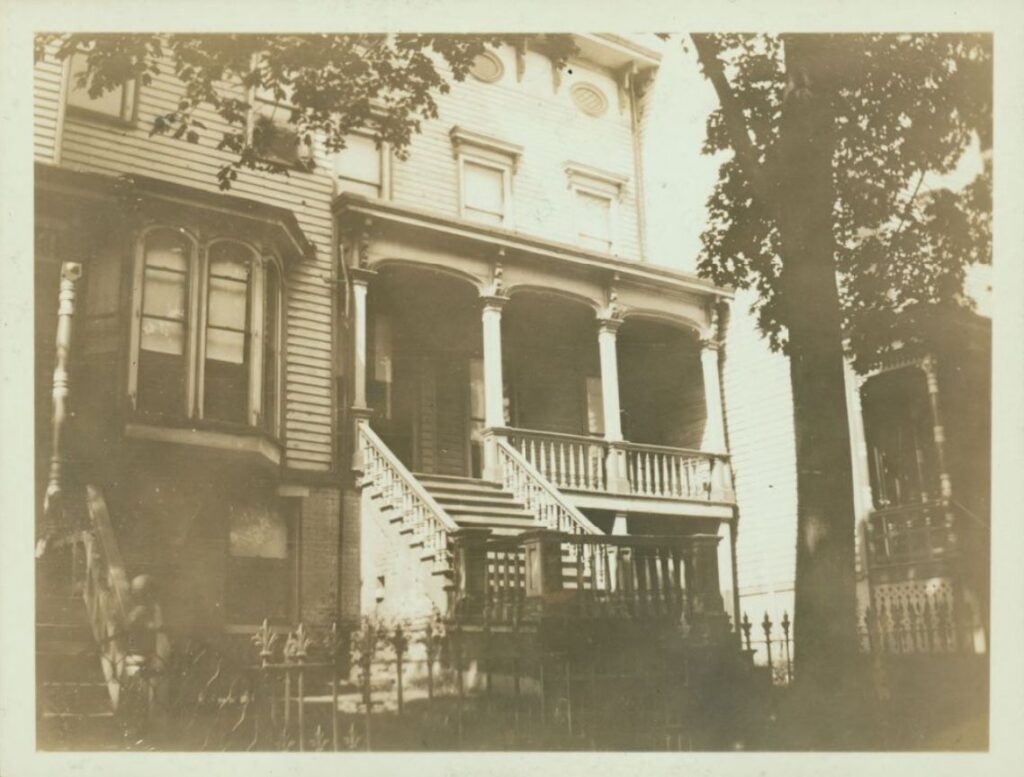
While it may be guessed that the name came from the pages of a Shakespeare play or from some dark Bronte novel, its origin is a bit humbler and playful.
Field simply combined the maiden name of his first wife (who was, incidentally, the sister of the noted artist, R. W. Weir, Professor of Drawing at West Point, and a painter of the Hudson River school) with that of his own.
Thus, we have been left with the made-up name of a plantation which became the made-up name of the future street which the city later opened along his land.
After teaching for several years, Field devoted himself to surveying and fruit-culture. On “Weirfield” he grew fruit and shade trees, supplying them to buyers in the neighborhood and even to more distant customers, one of whom was his intimate friend, William Cullen Bryant, the poet.
EDUCATOR, SUPERINTENDANT, AUTHOR, BIBLIOPHILE…
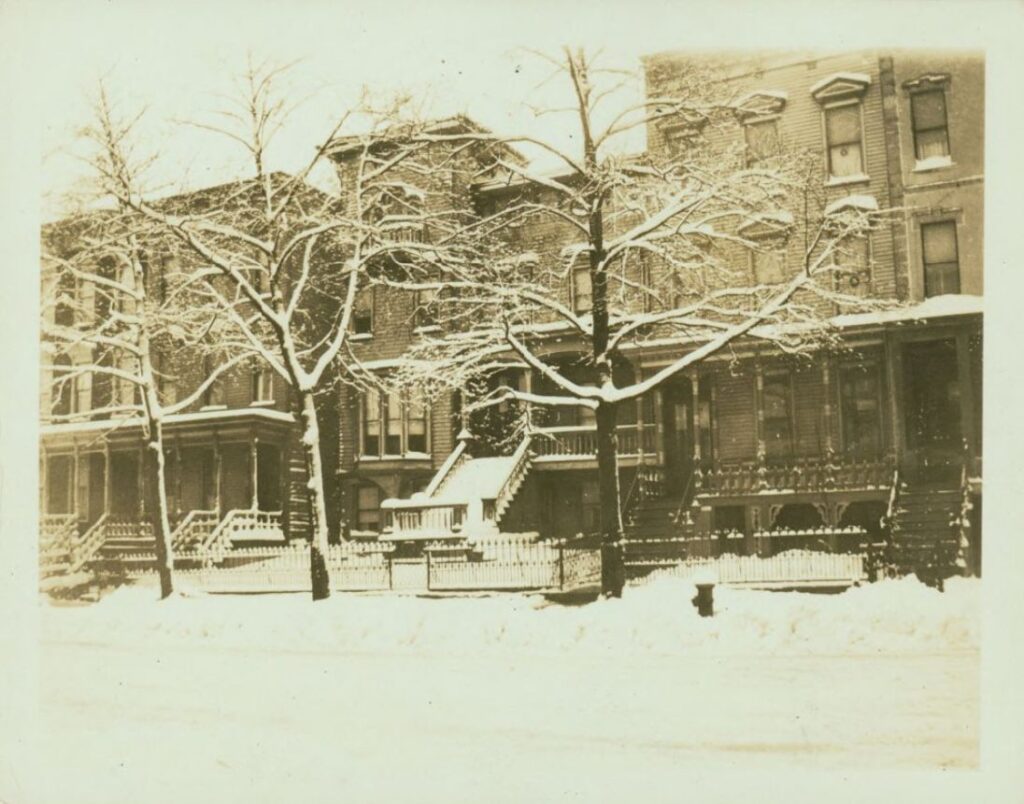
In 1854, Field was appointed a member of the Board of Education, and from 1865 to 1872 he was an assessor. In later years, he became Superintendent of Police instruction. And in 1873, he achieved his crown glory, becoming Superintendent of Public Schools, a position he held until his death.
Field wrote a history of the Battle of Long Island; Historical Scenes in Brooklyn and Vicinity, and several other works and numerous pamphlets. In the early 1880s, he sold his collection of Indian literature of this country for the sum of $18,000.
Then, in 1881, Field died.
Field’s house is still standing, fronting Bushwick Avenue. It bears the number “1250” and was, for a time, the home of the Unity Republican Club.
After Field died in 1881 and the house was sold, the knoll and stone wall were removed, and the house was lowered to street level – as it remains to this day. Row houses, though, were put up on either side, eliminating the house’s formerly rustic setting.
Today, in honor of Field’s contributions to Brooklyn, Public School No. 299 on Woodbine Street is named after him.\
And there’s also that made up name that adorns a local street, “Weirfield.”
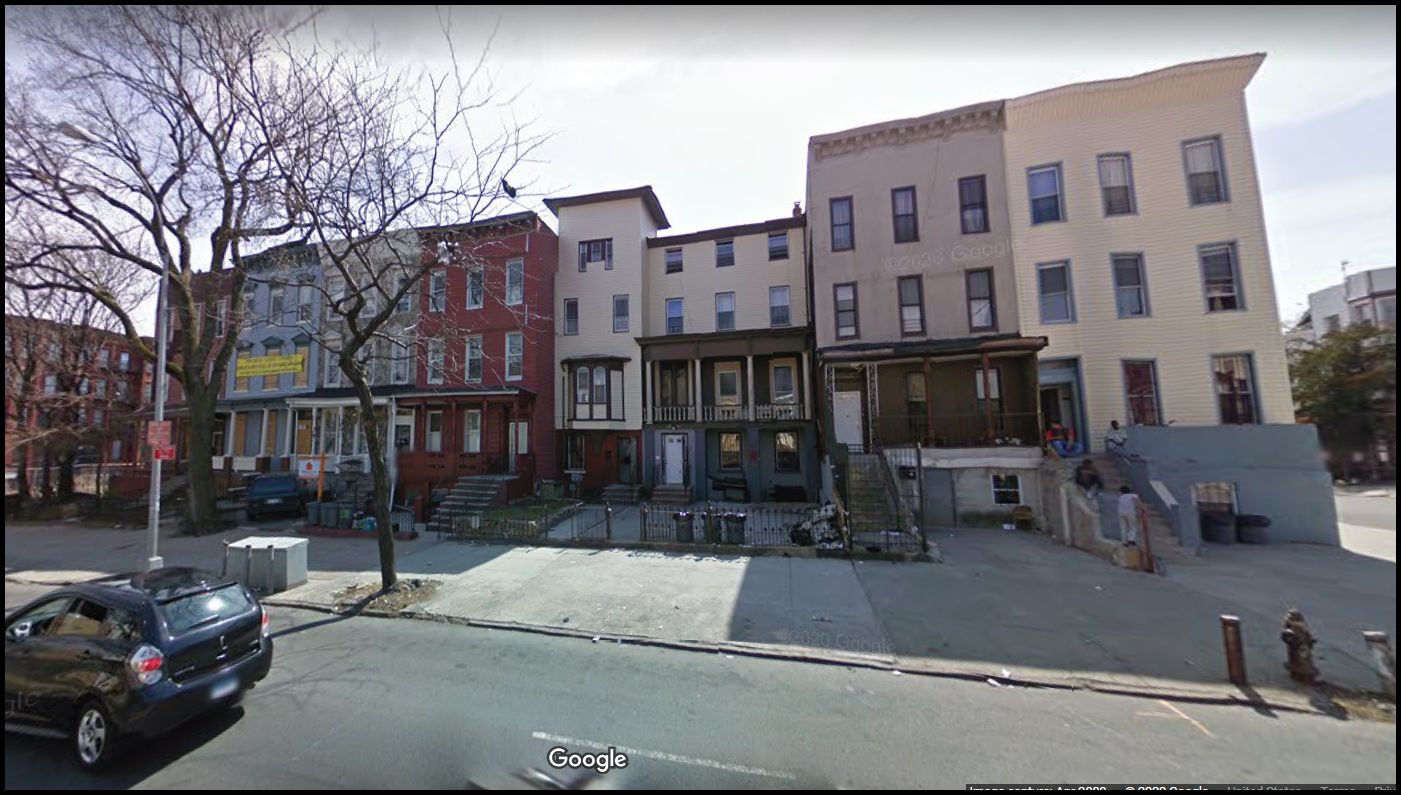
———————————————————————————————————————–
 Brownstone Detectives is an historic property research agency. Our mission is to document and save the histories of our clients’ homes. From our research, we produce our celebrated House History Books and House History Reports. Contact us today to begin discovering the history of your home.
Brownstone Detectives is an historic property research agency. Our mission is to document and save the histories of our clients’ homes. From our research, we produce our celebrated House History Books and House History Reports. Contact us today to begin discovering the history of your home.